Domestic pepper price today
Today's pepper price was updated at 4:30 a.m. on January 11, 2025 as follows: After a session of deep price reduction, the domestic pepper market stabilized again, with a sideways trend; currently, the average pepper purchase price in localities is 148,000 VND/kg.
Specifically, pepper prices today in Gia Lai and Dak Lak provinces are stable after the previous deep price drop, currently pepper prices are being purchased at 147,000 VND/kg; pepper prices in Dak Nong province are being purchased at 148,000 VND/kg.
Pepper prices in Ba Ria - Vung Tau and Binh Phuoc seem to be higher and are purchased at the same price of 149,000 VND/kg.
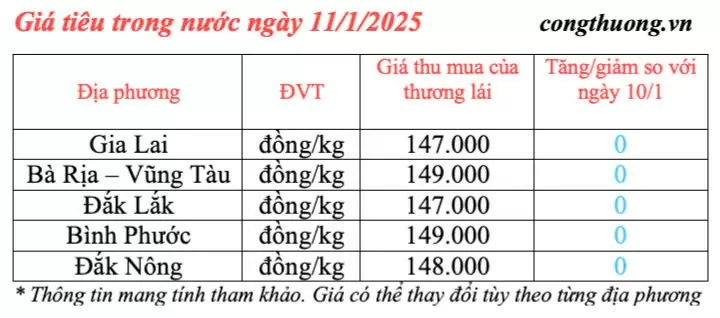 |
| Domestic pepper price updated on January 11, 2025 |
According to statistics, after many consecutive days of increase in the domestic market, pepper prices have adjusted sharply downward. The Central Highlands region has decreased the most, in which Dak Lak decreased by 4,000 VND/kg. This has caused pepper prices in key provinces to fall below 150,000 VND/kg. Currently, the average purchase price is 148,000 VND/kg.
Experts say that the pepper market is generally quiet with low trading volume. Farmers, dealers and exporters are limiting transactions and continuing to stockpile goods in the expectation that prices will increase rapidly after the upcoming Lunar New Year holiday.
Therefore, it can be seen that the amount of pepper available for export in January and February will be very limited, putting great pressure on current inventories, as the main harvest will start in March or April, in the context that this year's crop is expected to arrive later than usual due to climate change.
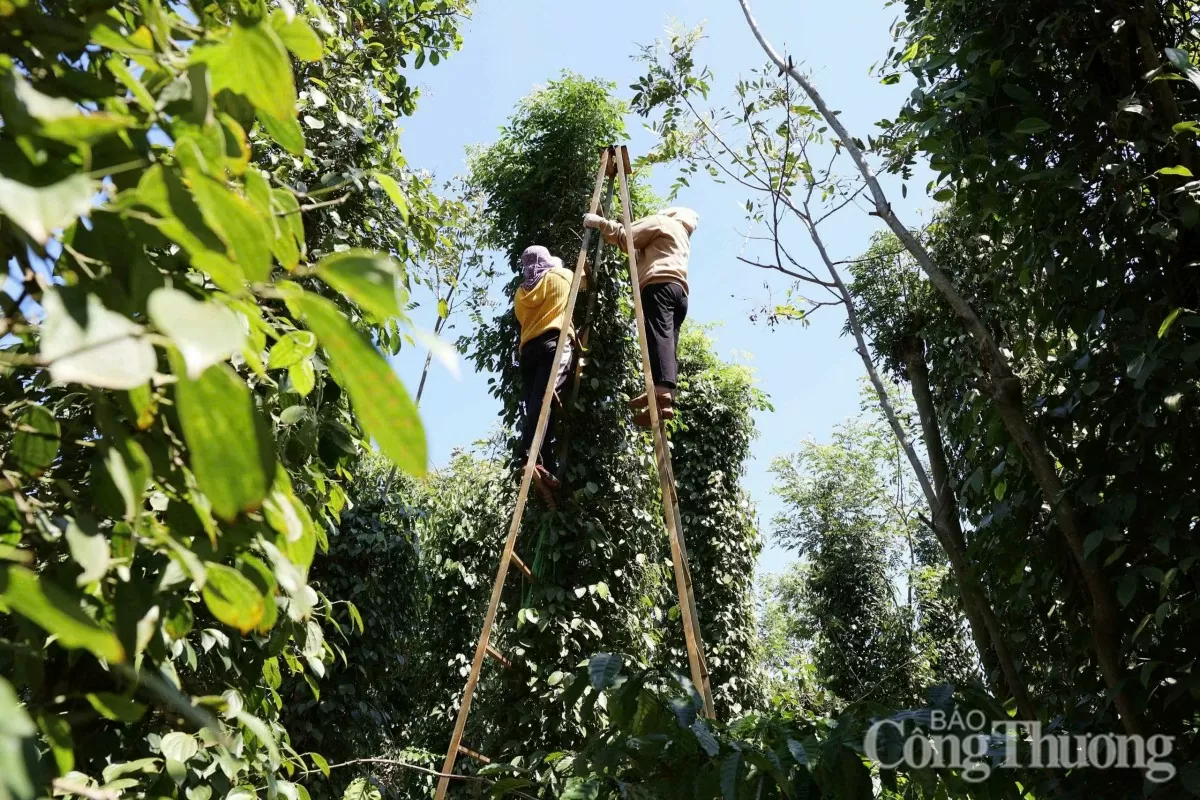 |
| Farmers in Dak Nong province take care of pepper |
Brazil is currently the world’s second largest producer and exporter of black pepper, accounting for 17-18% of global supply. However, Brazil’s pepper exports in the 2024 crop year are expected to decline sharply, marking a three-year decline, due to low output due to the impact of El Nino.
According to data from the Brazilian State Center for Foreign Trade Statistics (Comex Stat), the country's pepper export volume in December 2024 reached 4,374 tons, down 41% compared to the same period in 2023 and marking a decline for the 6th consecutive month.
However, the export turnover value in the past year still increased by 13.4% to 286 million USD. Mainly due to the average export price of pepper increasing by 48.4%, reaching 4,639 USD/ton.
Brazil's leading pepper export markets in 2024 include: UAE, Vietnam, Pakistan, India, Senegal...
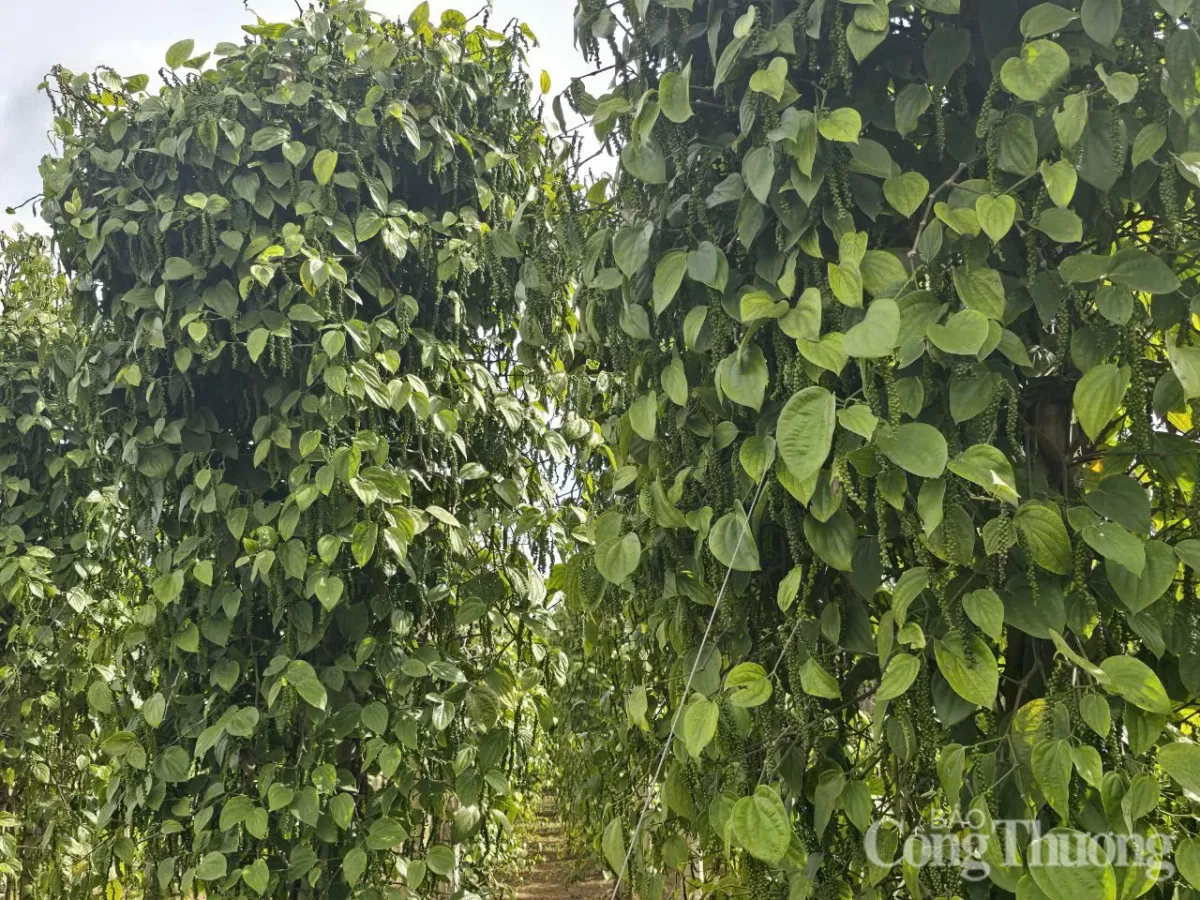 |
| Lush green pepper gardens in Dak Nong province |
World pepper price today
Update on world pepper prices from the International Pepper Community (IPC) at 4:30 a.m. on January 11, 2025 as follows: the world pepper market is stable in many countries and slightly increased in Indonesia.
Specifically, IPC listed the price of Indonesian Lampung black pepper at 6,841 USD/ton (up 3 USD/ton) compared to the previous trading session, similarly, the price of Muntok white pepper was purchased at 8,953 USD/ton.
After many strong increases, the Malaysian pepper market has stabilized and is anchored at a high level. Currently, the price of Malaysian ASTA black pepper is purchased at 8,700 USD/ton and the price of ASTA white pepper is at 11,100 USD/ton.
Meanwhile, the Brazilian pepper market continues to stay high, currently at 6,350 USD/ton.
Vietnam's pepper export market is stable and increasing slightly. Specifically, the export price of Vietnam's black pepper is currently at 6,350 USD/ton for 500 g/l and 6,650 USD/ton for 550 g/l; the price of white pepper is at 9,550 USD/ton.
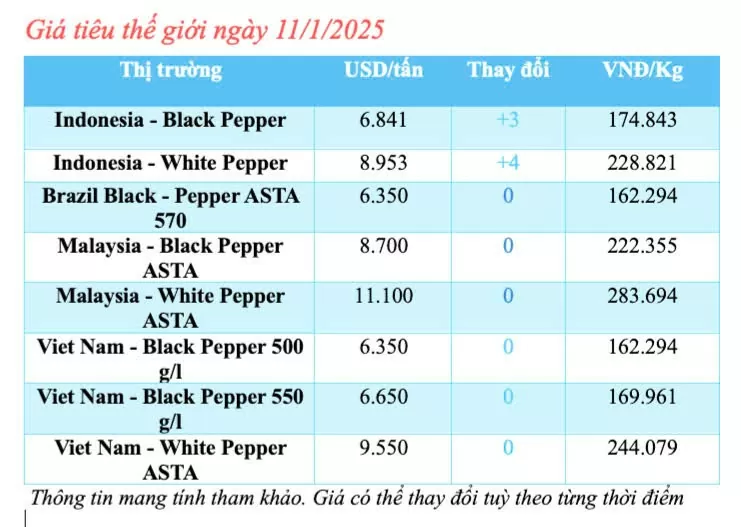 |
| Update world pepper prices today January 11, 2025 |
Many farmers in the Central Highlands region said that climate change is causing significant negative impacts on coffee and pepper production, two important crops in Vietnam's agricultural sector.
Changes in rainfall patterns, resulting in prolonged droughts in the dry season and heavy rains causing floods in the wet season, have severely affected the growth of coffee and pepper. These changes have reduced yields and made crops more susceptible to pests and diseases, while increasing production costs as farmers have to invest more in measures to prevent natural disasters and pests.
Source: https://congthuong.vn/gia-tieu-hom-nay-1112025-trong-nuoc-di-ngang-369005.html


















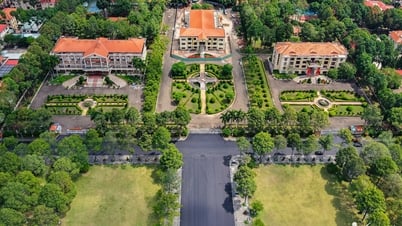





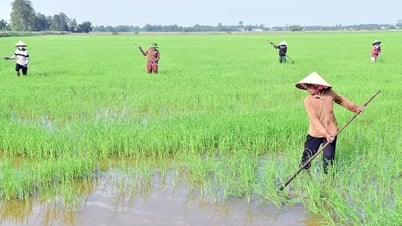
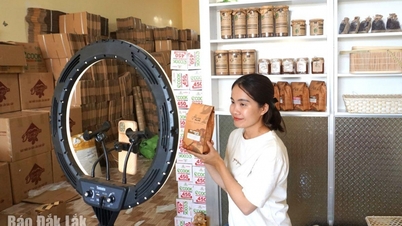





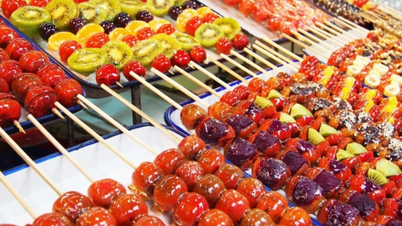


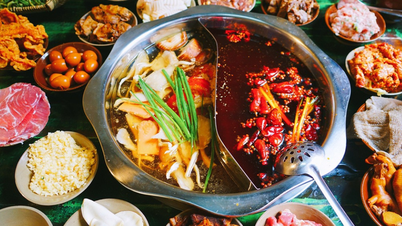




















































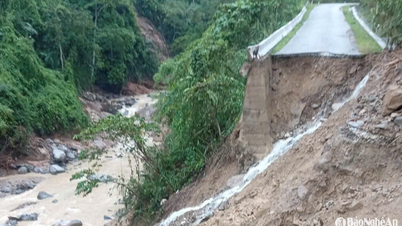


















Comment (0)